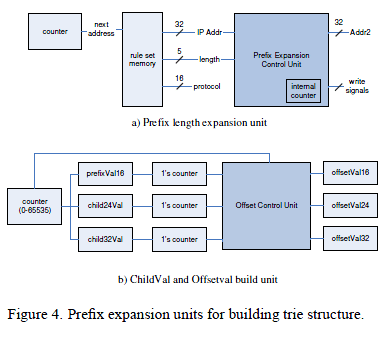Research & Projects
2008

Image Segmentation of Lightsaber Blades for Visual Effects
Brian D'AlessandroAdvisor: Dr. Frank Y. Shih
View Abstract
The glowing halo effect of lightsabers from the Star Wars series of movies has attracted a great amount of home video makers to create their own films with lightsaber battle scenes. The usual practice of adding this effect is to select the lightsaber blades in each frame of the video manually, which is a pretty time-consuming job. In this paper, we present a novel algorithm to automate the segmentation process of lightsaber blade images. By integrating various image-processing techniques including color analysis, power-law transformation, blurring, thresholding, morphological processing, and the color HSI analysis, the lightsaber blades can be accurately separated from the video frame’s background. As Toof our knowledge, this is the first paper in the literature to date to dealing with automated segmentation of lightsaber blade images. Experimental results show that about 91.5% of the image frames in the videos can be correctly segmented. After successful segmentation, the final glow visual effect can be easily and automatically added into the segmented images.
2007

Strum II Learn: An Electronic Note Detection System for Guitarists
Brian D'AlessandroRobert Francisco
View Abstract
Strum II Learn is a design concept which came into existence based on a need for a product that would allow a guitarist to document the notes being played on an electric guitar. This project aims to analyze the analog signal produced by an electric guitar in order to determine its frequency, which directly corresponds to the note that is being played. The goal was to accomplish this through the use of a custom built DC circuit and a digital signal processor. The DC circuit converted the guitar’s direct output into a digital signal capable of being read by the DSP. The DSP was then programmed in C++ to perform a Fast Fourier Transform on this digital signal. The result of this processing was then sent to a computer via a serial cable, which displayed on screen the exact note that was played. The future value of this device is that it would allow a software package to be written to aid a beginning guitarist in proper fingering and visual identification of individual notes, as well as to save a text based representation of a sequence of notes.

Practical Packet Classification Schemes for Extended Network Services
Brian D'AlessandroAdvisor: Dr. Roberto Rojas-Cessa
View Abstract
High speed and efficient packet classification is a core issue in modern router hardware design. Many different algorithms exist to match an incoming packet to a list of firewall rules, however, they do so with varying performance metrics. This project studied packet classification using the Cross-Producting scheme, TCAMs, and a mixed solution of the two. Performance was evaluated by the number of memory accesses required to match a packet, as well as the amount of memory the solution required.